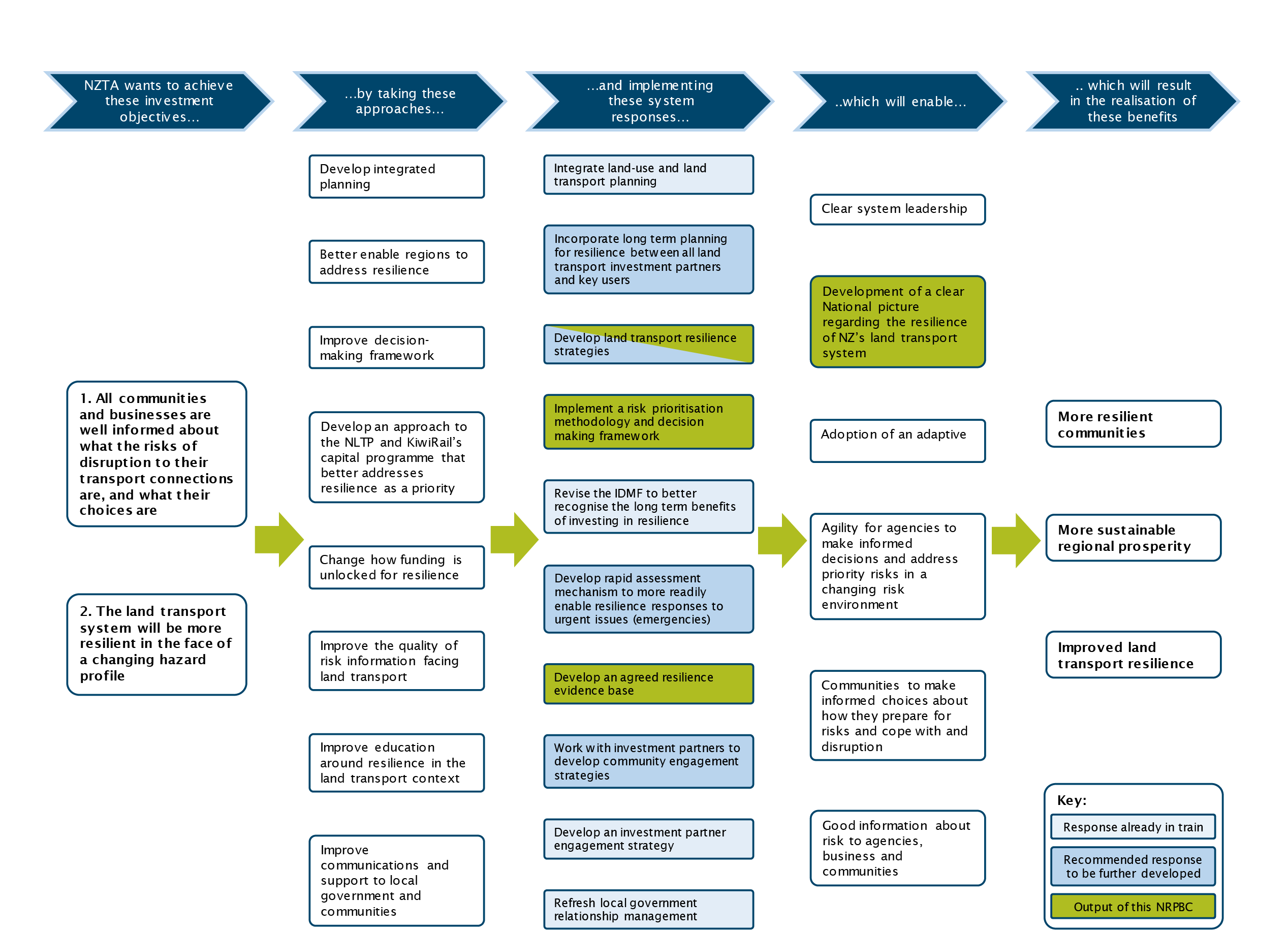
Disaster Management Manual
A manual for practitioners and decision makers!

Disaster Management Manual
A manual for practitioners and decision makers!
Resilience has been defined by the United States Transportation Research Board (TRB) as the ability to anticipate, prepare for and adapt to changing transportation system conditions and withstand, respond to, and recover rapidly from disruptions.
Plans such as an All Hazards and Security Guidance Plan and a Continuity of Operations Plan contain information regarding threats, vulnerabilities, roles and responsibilities. These plans contain information used at transportation departments to assist with a basic definition of resiliency.
The New Zealand Transport Agency answer to the question, What do you mean by resilience is the following:
‘Resilience is about keeping our roads open as much as possible. It’s about preserving and restoring access to the network despite disruptive events. It is about making sure our roads can absorb and withstand disruptive events, that there are planned alternative routes when roads are closed and that they are reopened as soon as possible.
Associated with this is keeping our customers well informed so they can make the best decisions about their travel plans.
In practical terms, this means our state highway network can perform effectively in a crisis, adapt to changing conditions (including climate change) and recover quickly from disturbances. It means minimising any adverse impacts on our customers’. 1 - 2
